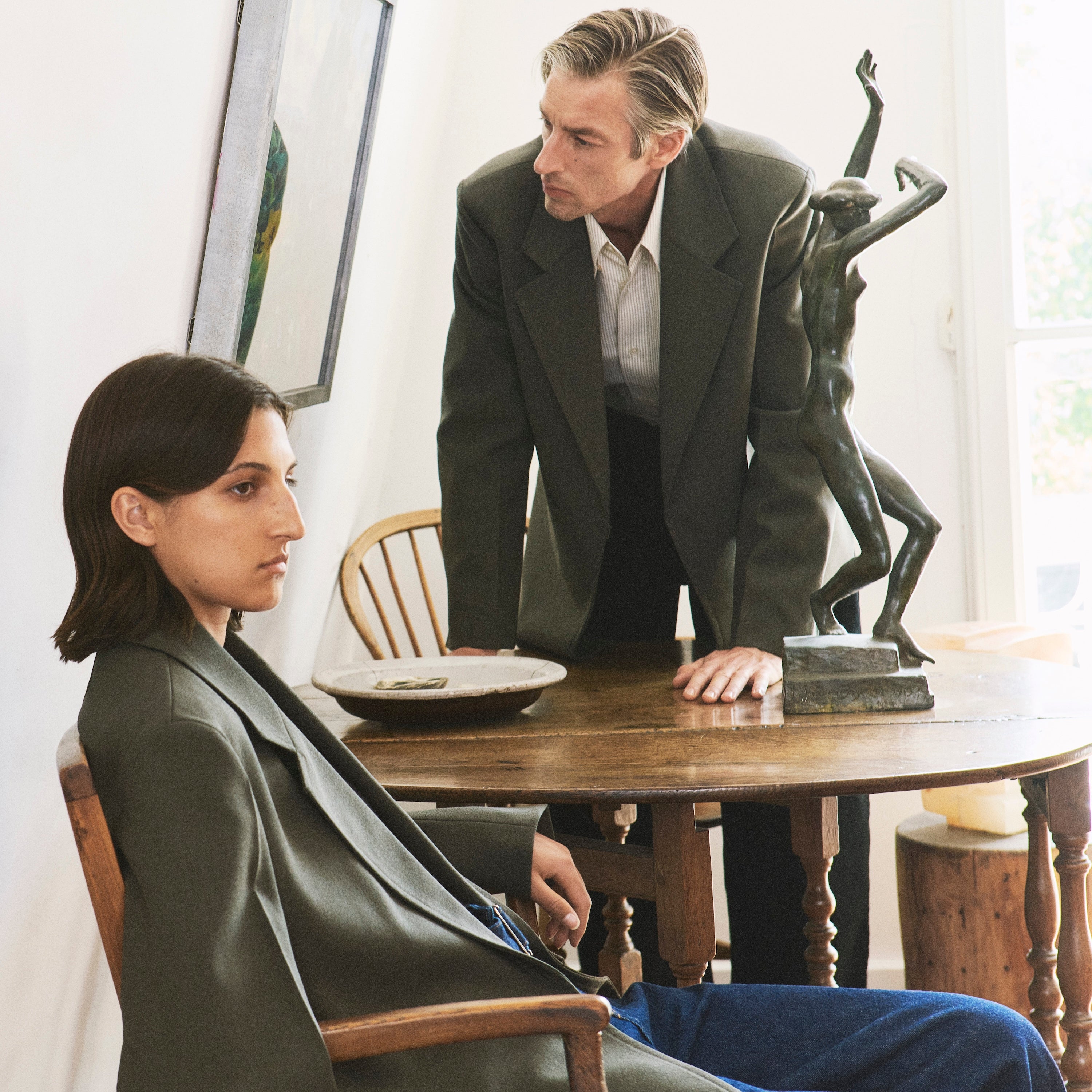






Despite her ground-breaking modern furniture and architecture, she spent most of her career on the margins of the design world. Now regarded as one of the most influential designers of the 20th century, it’s a good time to rediscover Eileen Gray.
Eileen Gray once said “To create, one must first question everything”. True to these words, her finest works—sculpted chairs, multi-functional tables, streamlined houses—totally reimagined what design could be. Although self-taught, she was an expert at balancing eye-pleasing form with practical human need, perhaps because almost all of her major works were designed for someone she loved. Take for example her iconic Bibendum chair: playfully named after the Michelin Man, its dominating size and curvaceous shape is designed to softly embrace its occupant. Her E-1027 Side Table is delicately elegant, but it’s also height adjustable and space-saving—said to be created for her sister who enjoyed eating breakfast in bed. Similarly, the E-1027 summer house she designed for her architect lover Jean Badovici on the Côte d'Azur is a triumph of modern thinking. As one of the earliest examples of Modernist architecture, it features the horizontal lines and minimal spaces that we associate with the movement as well as the thoughtful consideration: embedded in a steep cliff, it is positioned at just the right angle for day-long light and a perfect view of the sea.
Born in 1878 to an aristocratic family in County Wexford, Gray was fiercely proud of her Irish roots but it was in Paris where she found the most acclaim. After studying at the Slade Art School and apprenticing in lacquerwork in London, she moved to the French capital at the turn of the century and immediately made waves. The Parisian elite fell in love with her lacquer pieces and she eventually opened her own gallery in 1922 to exhibit her growing collection of work. Experimenting with new materials and techniques, she was one of the first to design furniture using chrome and tubular steel—even before the masters of the day Mies van Der Rohe, Marcel Breuer and Le Corbusier who she counted as friends and peers. Encouraged by Le Corbusier and Jean Badovici, Gray then turned her attention to architecture, designing the iconic E-1027 house and her own villa Tempe à Pailla further along the southern French coast. However as her profile grew, she struggled with the attention and became increasingly withdrawn. As book critic Norman Weinstein suggests, “Consider Gray the Emily Dickinson of design: reclusive, simultaneously ancient, modern, and timeless, a relentless questioner of conventional aesthetic wisdom, and a loner beyond simple categorisation.” By 1930 she fell out of the public eye and was largely forgotten until the 1970s.
There are several theories on why Gray was so overlooked by the design establishment—she was a fiercely independent woman working in a male-dominated world and a natural introvert—but her later rediscovery by critics and collectors gained her a legion of fans and fortified her place in design history. Eileen Gray may not have enjoyed the recognition she deserved within her lifetime, but her legacy is now well preserved: there is a permanent exhibition of her work at the Irish National Museum in Dublin, she’s the subject of 2014 film The Price of Desire and London furniture company Aram continue to produce her archive designs. A close friend of Gray’s until her death in 1976, company founder Zeev Aram has fond memories of working with the designer when she was well into her 90s. Despite being frail and losing the sight in her right eye, he remarked, “With one eye she saw what many architects I know and admire couldn't see with two eyes. She was so precise, so accurate and so confident.” Long may she be remembered.
Natalya Frederick

